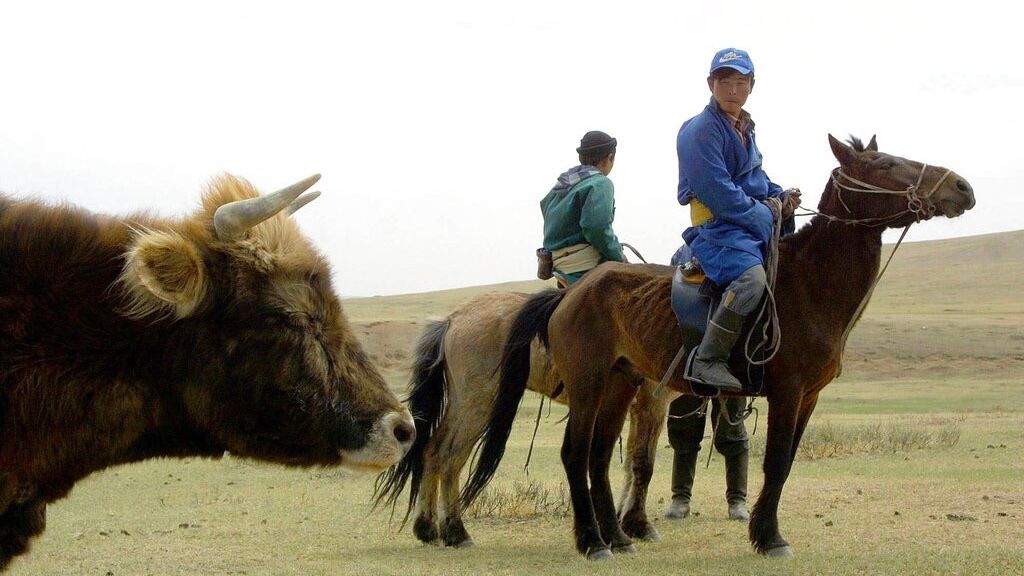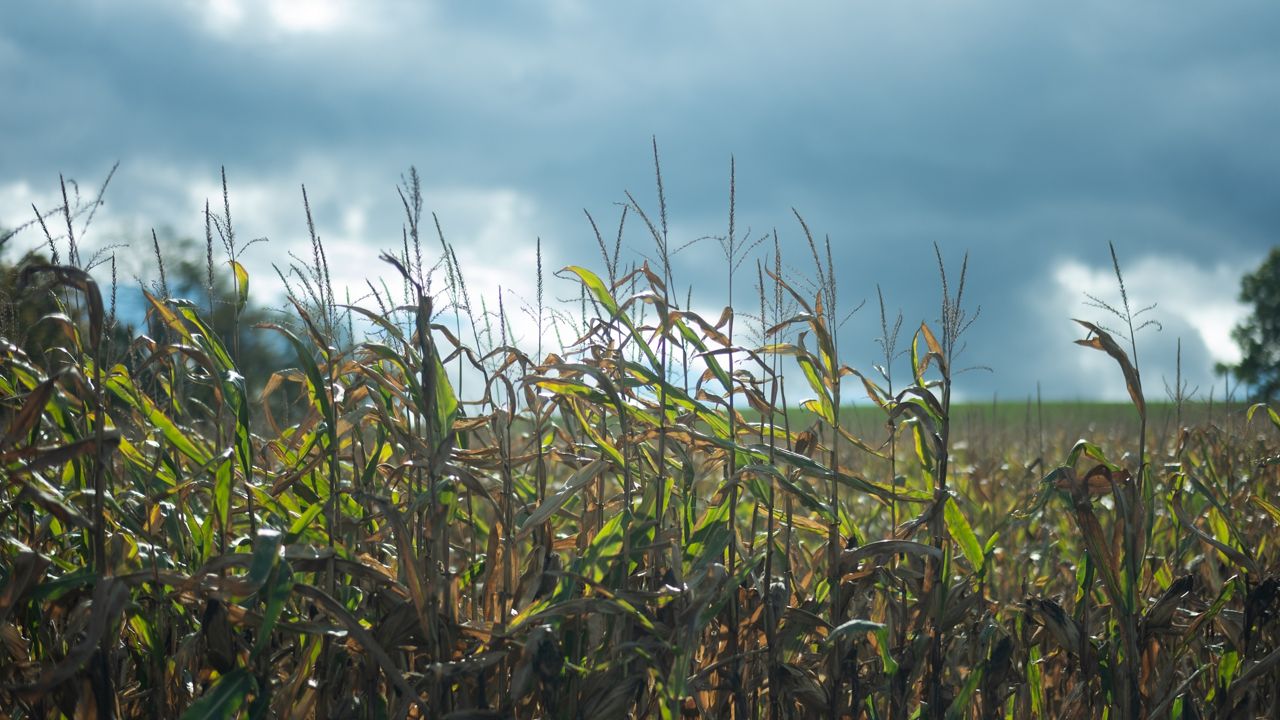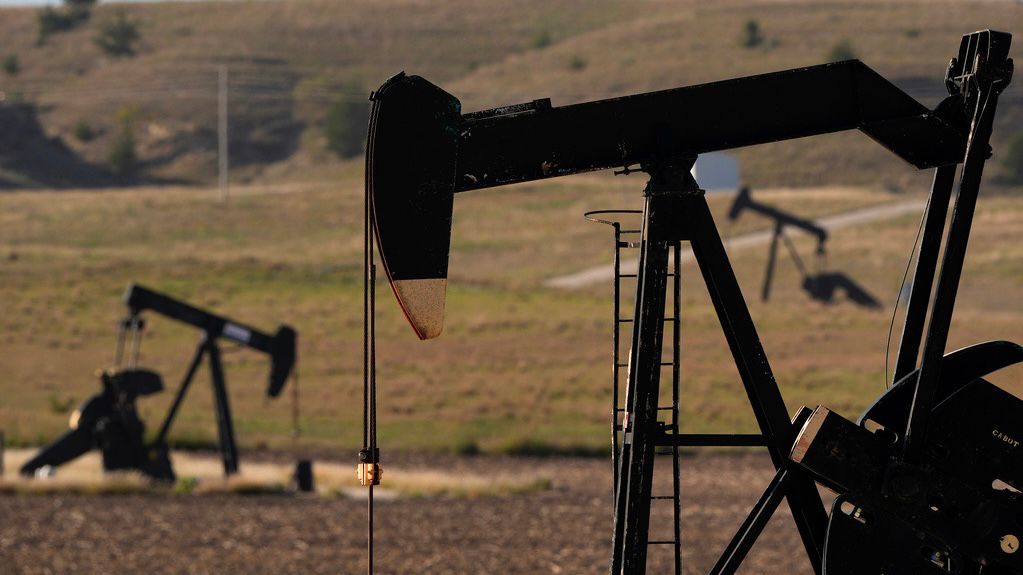The world’s food supply is increasingly in danger as global rangelands degrade, according to a new report from the United Nations Convention to Combat Desertification.
As much as 50% of natural pastures globally are in decline because of climate change, biodiversity loss, overuse and misuse, the agency said Tuesday.
“When we cut down a forest, when we see a 100-year-old tree fall, it rightly evokes an emotional response in many of us,” UNCCD Executive Secretary Ibrahim Thiaw said in a statement. “The conversion of ancient rangelands, on the other hand, happens in silence and generates little public reaction.”
More than half of the world’s land is open country used for wild animals and livestock that hunt and graze. Those lands are a major source of food for billions of people, but the soil is losing the nutrients that keep it fertile and is otherwise degraded through erosion, accumulated salts in the soil and compaction mostly from converting pastures into cropland.
The result is soils that are less able to grow plants and that contribute to drought and biodiversity loss, the report said.
Globally, about 2 billion people rely on rangelands, working as small-scale farmers, ranchers and herders, according to the UNCCD. In West Africa, 80% of the population works in livestock production. In Central Asia, one third of the population is supported with livestock herding.
“Ironically, efforts to increase food security and productivity by converting rangelands to crop production in mostly arid regions have resulted in degraded land and lower agricultural yields,” the report said.
Central Asia, China and Mongolia are most affected by rangeland degradation, according to the report followed by North Africa, West Africa and South America.
The UNCCD cited weak governance, poor policies and a lack of investment in sustainable production for rangelands’ decline. Its new report said the current level of rangeland degradation is double the previous estimate of 25%.
Stopping further degradation will require a “paradigm shift” that involves the participation of global leaders and individuals and “requires cross-border cooperation,” the agency said.
Of the world’s 500 million square miles of rangelands, just 12% is protected.
The UNCCD recommends climate change mitigation and adaptation plans to boost the resilience of rangeland communities, as well as conservation and ending rangeland conversions for agriculture.









